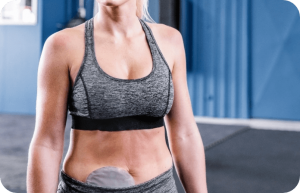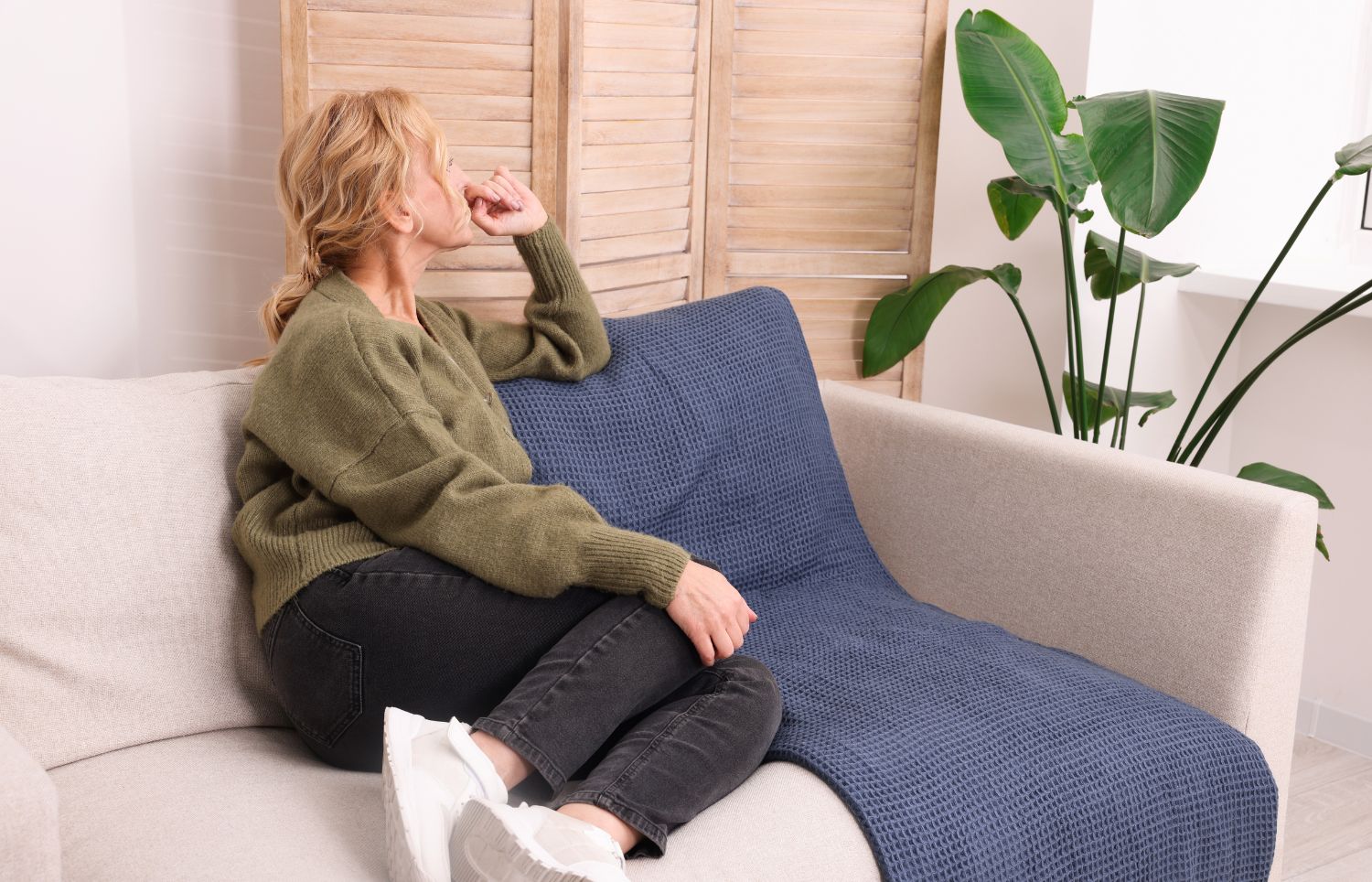There are several medications available which can help you to control your bladder and reduce wetting, these are called antimuscarinic or anticholinergic drugs. These medicines can help improve the symptoms of overactive bladder by relaxing the bladder muscles and reducing the number of contractions of the bladder wall. This should result in less trips to the toilet.
Anticholinergics
Anticholinergics medicines are available as tablets, as a liquid or as a patch. Like all medicines, they can sometimes have side effects, for instance a dry mouth or nausea, however, it is important that you follow your GP’s instructions and continue to take them for the duration of the course prescribed. All anticholinergics can take several weeks to work.
If you do experience side effects that become troublesome, you should go back to your GP to find out if there is an alternative medication that may be more suitable for you.
Transdermal patches
Oxybutynin transdermal patches (patches which deliver medicine across the skin) contain the active ingredient, oxybutynin hydrochloride, which works by relaxing the detrusor muscle found in the wall of the bladder. This muscle can sometimes contract too frequently or even spasm and this can lead to overactive bladder. Oxybutynin is used to treat urinary frequency, urgency and incontinence in people with overactive or unstable bladders.
Because the oxybutynin in the patch is absorbed directly into the bloodstream via the skin, side effects are thought to be significantly less than with oral oxybutynin. The oxybutynin is steadily absorbed from the patch through the skin into the bloodstream by-passing the liver and stomach.
The patch should be applied twice weekly and the weekly schedule you choose ie. Sunday and Wednesday or Monday and Thursday should always be adhered to. One patch should be worn all the time. The active ingredient in the patch is in the adhesive that sticks to your skin. Therefore applying the patch properly is very important in helping you to gain control of your symptoms.
The patch should be placed on the stomach (avoiding the waistline area), hips or bottom and should be worn under clothes to avoid exposure to sunshine. You should choose a spot to apply the patch that is dry, clean and cool and the spot should be clear of powder, lotion or oil. The patches are designed to be re-stuck if at any time they come loose.
You can exercise, shower, bath and swim while wearing the patch provided you don’t rub the patch when washing but you should avoid soaking in a hot bath for long periods as this may cause the patch to become unstuck.
To minimise the risk of skin reactions at the site of application you should ensure that the patch is rotated between the stomach, hip and bottom to ensure that the time between applications on the same area is maximised.
Oxybutynin transdermal patches are available on prescription only. For more information please speak to your GP or health professional.








